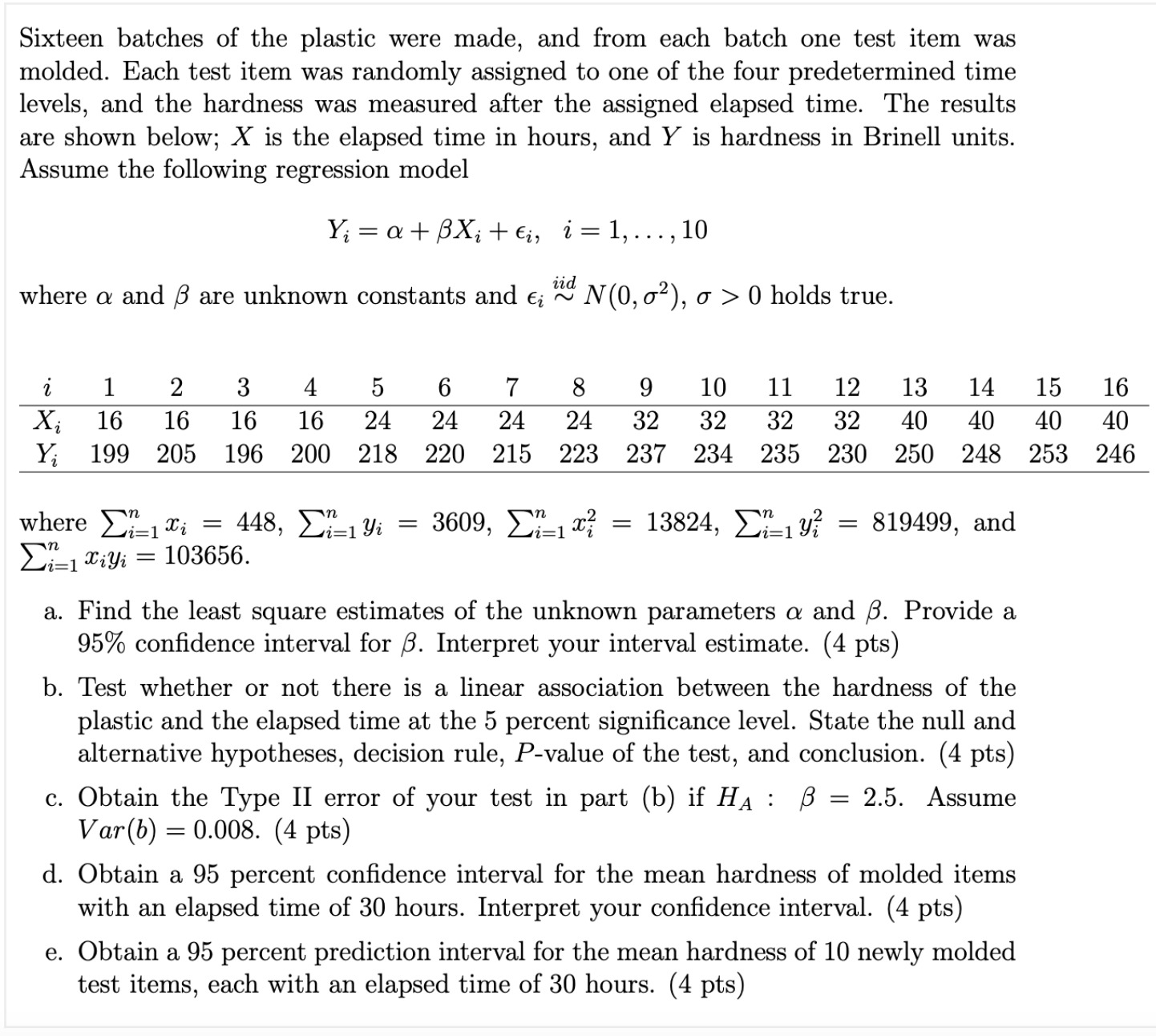Answered step by step
Verified Expert Solution
Question
1 Approved Answer
Sixteen batches of the plastic were made, and from each batch one test item was molded. Each test item was randomly assigned to one of

Step by Step Solution
There are 3 Steps involved in it
Step: 1

Get Instant Access to Expert-Tailored Solutions
See step-by-step solutions with expert insights and AI powered tools for academic success
Step: 2

Step: 3

Ace Your Homework with AI
Get the answers you need in no time with our AI-driven, step-by-step assistance
Get Started


